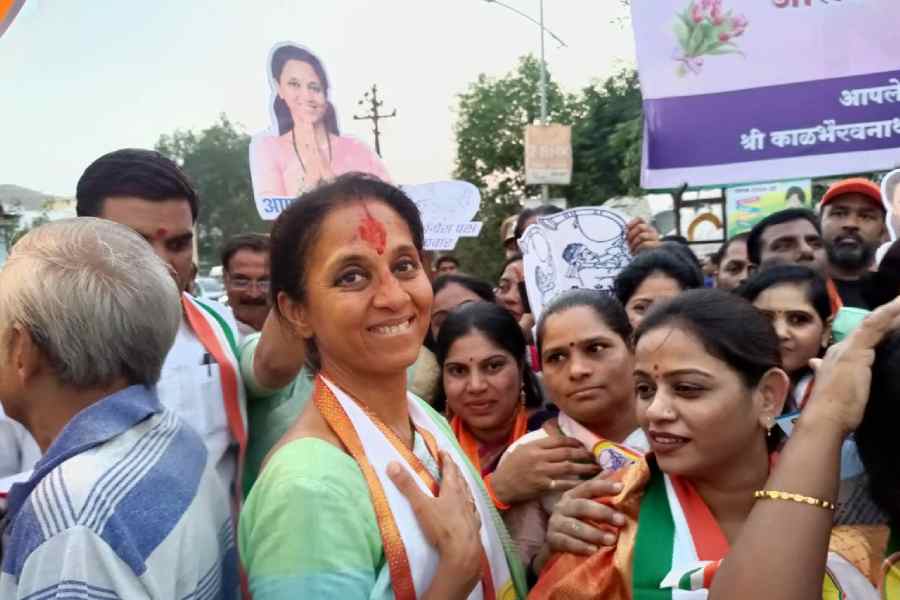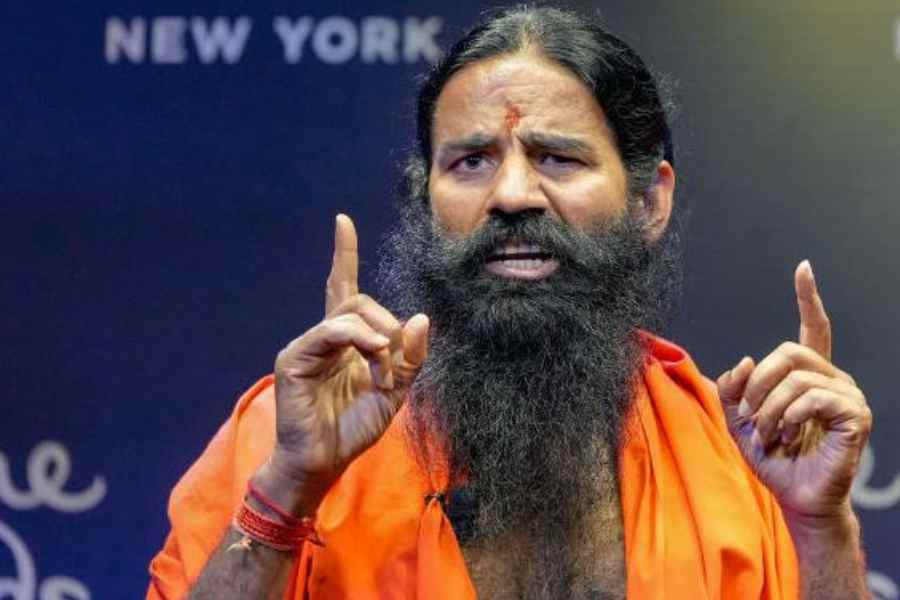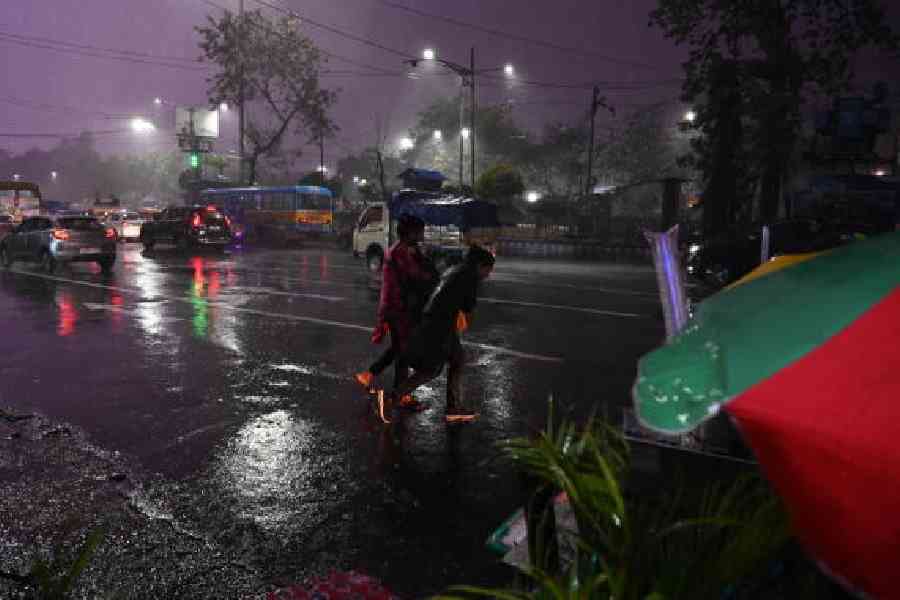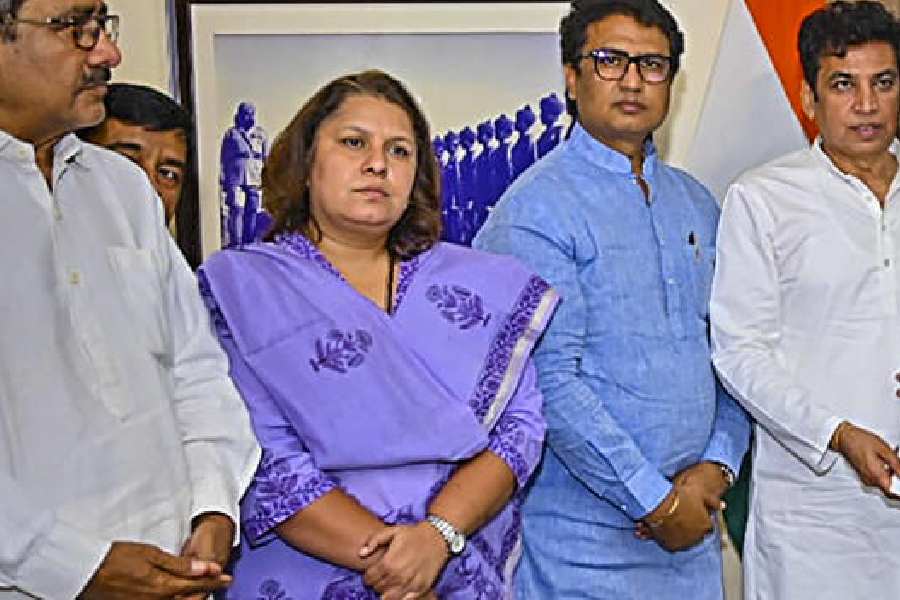I have regular conversations with a doctor friend who tells me what to think about the virus. I consult him about surges, travel plans, going out and meeting friends. This is not normal. Treating the outside air or other people as dangerous should be a treatable condition. But it is ordinary now. We are pandemic veterans. We live in science fiction.
Apocalyptic movies often feature the last remnant of humanity moving through a ravaged landscape one step ahead of whatever condition it is that has kiboshed humanity. These desperate-but-intrepid survivors are generally Americans and they always have a functioning car. I recently watched Tom Hanks in a film called Finch drive through an empty world fried by ultra-violet radiation in an air-conditioned, recreational vehicle as large as a small house. The point of the movie was that you can always pump gas, even in end times. But apocalypse probably won’t look like that. It might look like us as we are now, rewiring our routines, rescheduling our holidays, taking our meetings on Zoom.
The effort of trying to live routine lives during the pandemic ends up normalizing it. The business of obeying or strategically breaking bureaucratic rules, the nuisance of wearing a mask alone in a sealed- off car and the irritation it provokes, distract us from the mortal threat to life that these rules are meant to guard against. The fact that Delhi airport will process your RT-PCR test faster if you pay much more than the standard price is reassuring. Organizations trying to make a buck out of the plague mitigates the strangeness of our condition, makes it feel like old corruption, business as usual. But it really isn’t.
Omicron makes it clear that there will be no going back to the unselfconscious sociability that used to define normal life. One explanation for the many mutations that make up Omicron was that the variant was created when the virus moved from a human to an animal host and then moved back, transformed. Another news story reported on deer that were infected by the virus but didn’t show any clinical symptoms, which is to say, they weren’t sick. We would give a lot to be those deer.
The first response of the comfortable Delhi middle classes (myself included) to the pandemic was to accelerate our secession from municipal life. Once upon a time, not so long ago, middle-class people used to drink tap water and suffer power cuts. Now we drink water that we buy or privately purify and inverters and generators are so integral to our lives that we don’t notice power cuts unless they last for days. In the last couple of years, as the apps on our phones began to testify to the poisonous air that we breathe in the winter months, we began to process the air that we breathed with air filters.
It wasn’t such a stretch to secede further, this time from local shops and vendors, during the second wave by ordering online. Not only did the internet supply our material needs, it mitigated our solitude via podcasts and Zoom meetings and WhatsApp video calls. We discovered that we were better at being solitary than we thought because so much of our sociability was successfully virtualized. We transported ourselves into an online civil lines where all our neighbours were sahibs, as credentialed and connected as ourselves.
But as the colonial State and its covenanted officers discovered in the nineteenth century, in the face of epidemic disease, no elite, no matter how privileged or powerful, can segregate itself into safety. For the first half of the nineteenth century, the colonial medical service was essentially a military medical service, tending to the needs of the East India Company’s most indispensable asset, its army. The idea that a State, leave alone a colonial State, was responsible for the health of its subjects, did not exist. It was epidemic disease that forced the raj to recognize that the only way of protecting its personnel was by inoculating or vaccinating the population in which they were embedded. The relative isolation of cantonments, civil lines and hill stations couldn’t keep British officials safe.
Despite recognizing this, we know that the raj didn’t learn its lesson. While the scope of its inoculation and vaccination campaigns was widened, they never achieved the critical mass necessary to pre-empt epidemics. In a crisis like the plague at the turn of the century that spread outwards from Bombay, the colonial State was capable of brutally purposeful action, not unlike the bludgeoning lockdown that the Indian government imposed during the first wave of Covid. Civil liberties were suspended, Bombay’s slums were razed, drains and lanes sluiced with disinfectant, as the raj tried to suppress an epidemic disease that it didn’t wholly understand. But it wasn’t willing to commit itself to the expense of long-term planning and investment necessary to guard against epidemics in the future. Not till 1975, nearly thirty years after Independence, did India eradicate smallpox.
Pollution, climate change and this plague, triplets birthed by the Great Acceleration, teach us that prosperity, postcodes and geographical distance can’t protect us from harm. For the most part, we seem unwilling to learn this lesson. South Africa was embargoed for giving the world early warning of Omicron. The variant found its way to every continent despite this, but the rational justification — that the countries red-listing South Africa were buying time — is an excuse. Behind it lies the stubborn, self-interested belief that rich countries can spend and safeguard their way through this catastrophe.
Anecdotal evidence suggests that the number of Indians buying second homes in hill stations and places like Goa rose steeply during the pandemic. The status value of a second home was bolstered by the notion that it was a place to escape to, a refuge from the city’s forced adjacency to the great unwashed. As the precautions of the affluent become ever more baroque, they become easier to satirize. But we recognize that there is a short-term rationality to this cultivation of a healthy life in a sick environment because we have all been a part of it.
But neither class nor national self-interest works in the long term. It was the intervention of the World Health Organization that finally led to the eradication of smallpox in 1980. In contrast, Gavi, the Vaccine Alliance, has spectacularly failed in its stated mission to persuade the rich world to help vaccinate the Global South. As it stands, Gavi represents a feeble form of alms-giving.
In a curious way, the pandemic is a shot across the bow, a trailer for the world-deranging havoc that climate change will wreak if the world’s nations don’t come together to forestall it. It’s an underlining of the obvious: no country can secede from the world. If Omicron fails to persuade us that our shared mortality should make us affirm our common humanity, we will continue this grotesque journey down the Greek alphabet. Tom Hanks in his trailer might be the only one left to christen Omega.
mukulkesavan@hotmail.com










